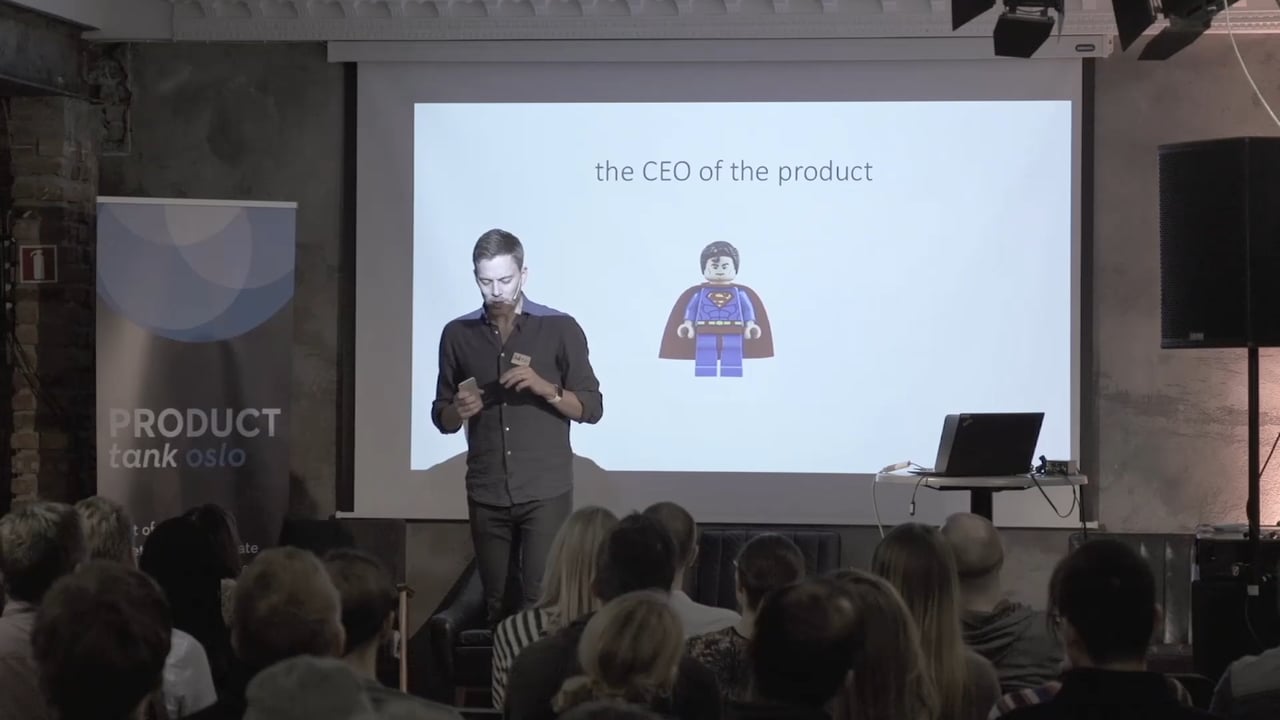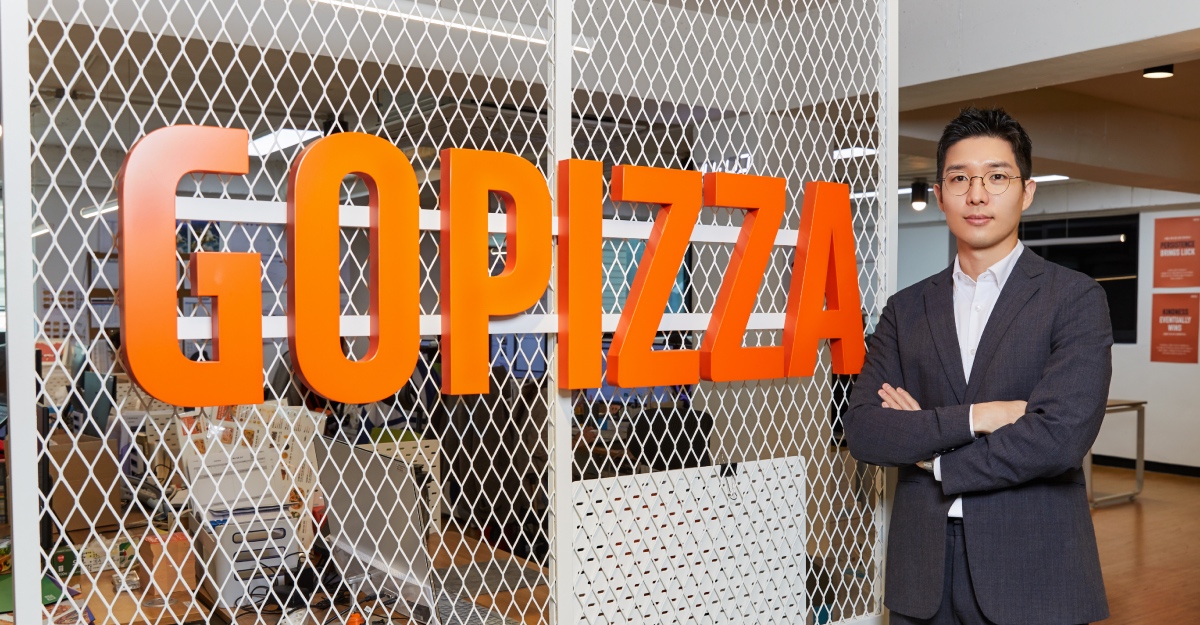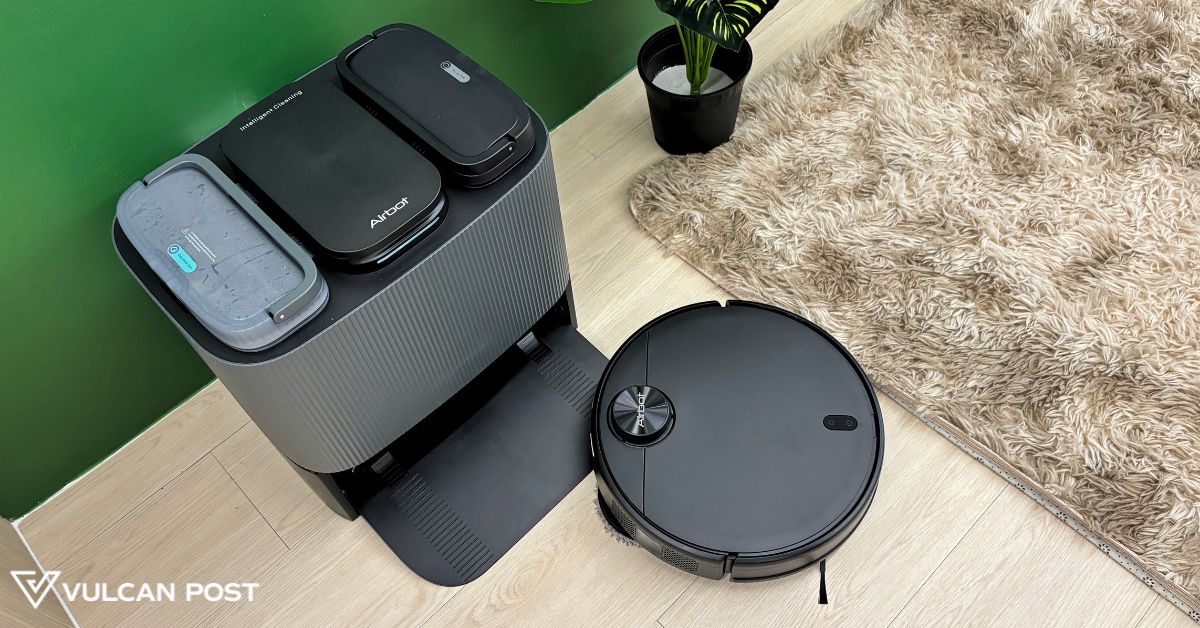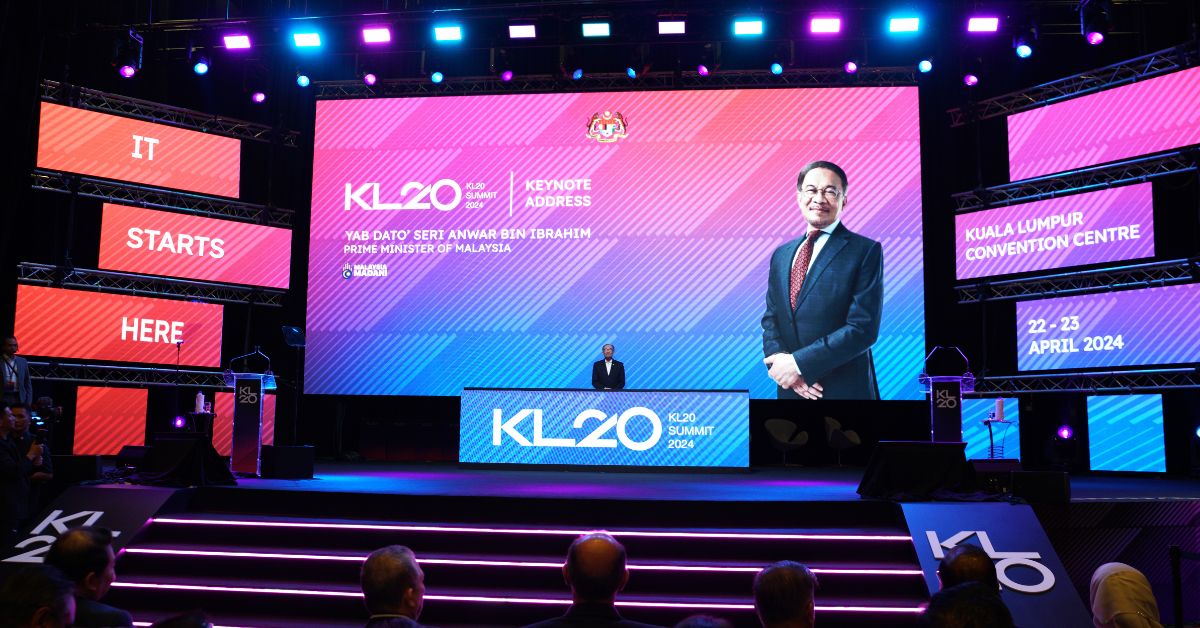There’s a certain type of honour in bootstrapping a startup, but at a certain point, you’re probably going to reach a point where you want to get funding.
For a simple but useful idea, this might be so that you can stay ahead of the competition. Meanwhile for others, they might already have a strong foothold in the market and are looking to turn that into market domination.
No matter who you are and where you stand in that market, it pays to learn from experience—particularly from success stories.
So we took a look at some successful pitch decks that scored over US $3 million funding each, and here are what these pitches have in common.
1. They made sure to let investors know that their product was versatile.
One key thing that investors look at is scalability and how large the target audience can potentially be.
Snapchat’s deck points out the different behaviours of their userbase, from those that carefully cultivate storylines to those who just post snapshots of their past 24 hours.
This highlights the wide range of users they can target, with all the different ways people interact with Snapchat.

WeWork’s deck showcases that their workspaces are suitable for big businesses, small freelancers and SMEs, which also leverages on brand recognition.

eShares went with specific examples, giving investors individual case studies from the different companies with them.

2. Community impact was emphasised.
Either through building their own community or benefiting a currently existing one, impact is more than just numbers.
You can scream about numbers until you’re blue in the face, but the best decks also tell investors how they’re impacting their community.
WeWork talks about their social initiatives that happen on top of just providing a workspace—initatives that have been emulated in other co-working spaces.

eShares maps out their network within the community that will be built.


3. Anything that can be turned into a chart should be turned into a chart.
While speaking, a visual aid helps the presentation make more sense to listeners.
Obviously, some information is better presented in words or a list, and in some cases, you can’t escape that necessity.
But it’s also worth nothing that all good decks featured has some form of chart as well, on top of the wordy slides.

Cubeit’s deck does this really well using slides which mirror the interface of their platform.

Some pitch analyses mark the slide below as one of Buzzfeed’s winning slides, showcasing that there doesn’t need to be a separation of editorial and advertising. Some might disagree with the notion, but it’s definitely monetiseable.

4. They made their case fast.
This is no time to tease investors. They’ve got more than just one pitch to listen to that day, and first impressions are everything.
Some decks have only 14 slides while other run between 30–40 slides, but one thing remains: finish telling the story within the first 4–5 slides.
The rest of the slides then exist to fill in the gaps, and answer any questions that investors might have about the initial story.
For Crew, the whole first 5 slides of the pitch was the problem statement, describing in detail what hiring creatives is like, and subtly implying that this can all be answered with their platform.

MySQL has 180-slide deck.
But in the first 5 slides entitled “The Business Case”, they give investors a brief overview of who they are, the problem, and the value preposition.
As someone who had no idea what they did, the first 5 slides gave me a good idea of exactly what they do, and how they might benefit the market they’re entering.

5. They don’t have to be “pretty”—they just have to work.
When selling something like Snapchat or WeWork (a franchise co-working space) it makes sense to use pictures and quirky elements to add to that storyline.
But for something like payment collections, then it’s probably better to err towards a more serious type of presentation—without sacrificing visual appeal.
MySQL is proof of purchase of this concept. Creatives would cringe at their deck; it’s all words, points, pie charts, and it’s all very compact. But this is in line with the product that they’re selling.
It’s usually not good to make slides wordy, but in this very specific case, the wordiness helps explain what the product actually does clearly.
Ariana Huffington’s Thrive Global’s deck also embodies this philosophy. Whatever charts that are in the deck are all very easily generated on Powerpoint.
But the main design philosophy is focused on efficacy rather than aesthetics.
There are no charts unless a chart is needed to compare points, or showcase flow. There are very few pictures, and it’s very text heavy.

In fact, even some of the “aesthetic” decks have their bland pages. It’s all about designing something for the best impact.
6. They knew which numbers to present.
When asking for X amount from investors, they’ll want to know exactly what the money will be used for.
Mathilde of Front had this to say:
“Choose carefully what metrics you talk about during those meetings. VCs will take note of everything you say and try to detect trends in your business. You want to decide which trends they get to detect.”
And it’s not just about reporting current numbers on platforms.
The decks all made sure to say where the companies were headed. They either do this through a breakdown of exact numbers or at least indicate they have a clear projection of their next steps.
WealthSimple’s only metric is what they did with the platform over the past 2 years and how that tied with the wealth they amassed.

Front talks about their MRR, and their capital efficacy.

7. They didn’t tiptoe around mentioning their competitors.
They didn’t see any reason to hide the fact that they had competitors. In fact, having them in the slides shows that the companies were actively planning how to stay ahead and relevant.

It gave investors an overview of what the current market is like, and also served as a reassurance that the presenters were clear on where they stood.
Front’s competitor analysis positioned them among other big names, but also showed where they had an edge.

###
For more details, decks uploaded by Front and WealthSimple come with a post-mortem and describe a little bit of their experience in pitching.
In the end though, what we’ve discovered is that there is no “right” way to arrange and do your slides, only what works best for your product and your story.
There is no magic formula, but knowing some key elements is a good start.
Feature Image Credit: Screenshot from Mind the Product on Vimeo









